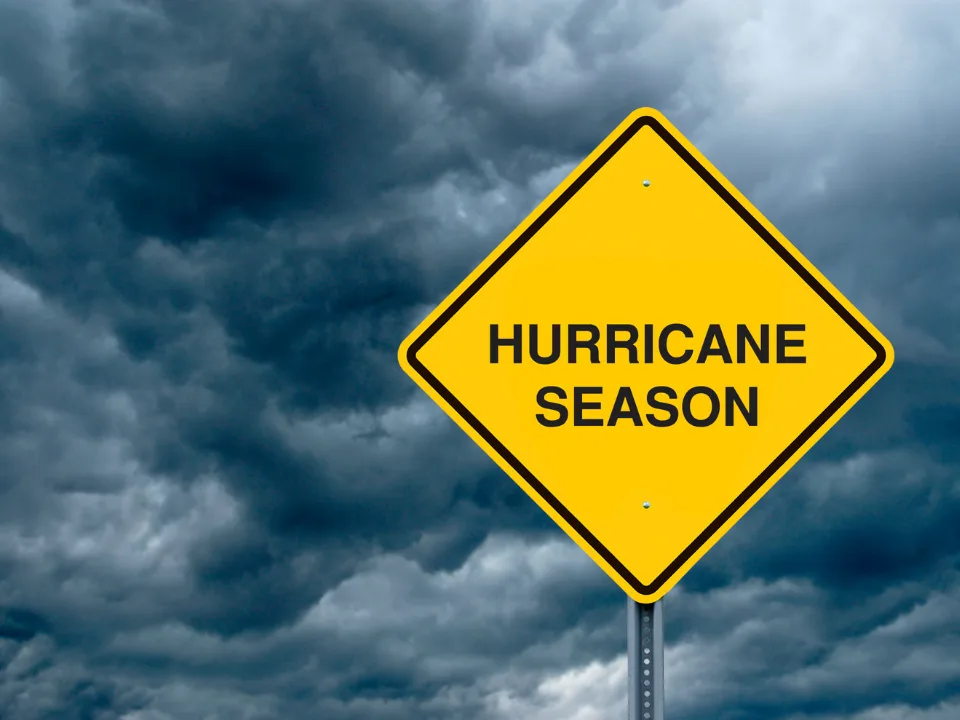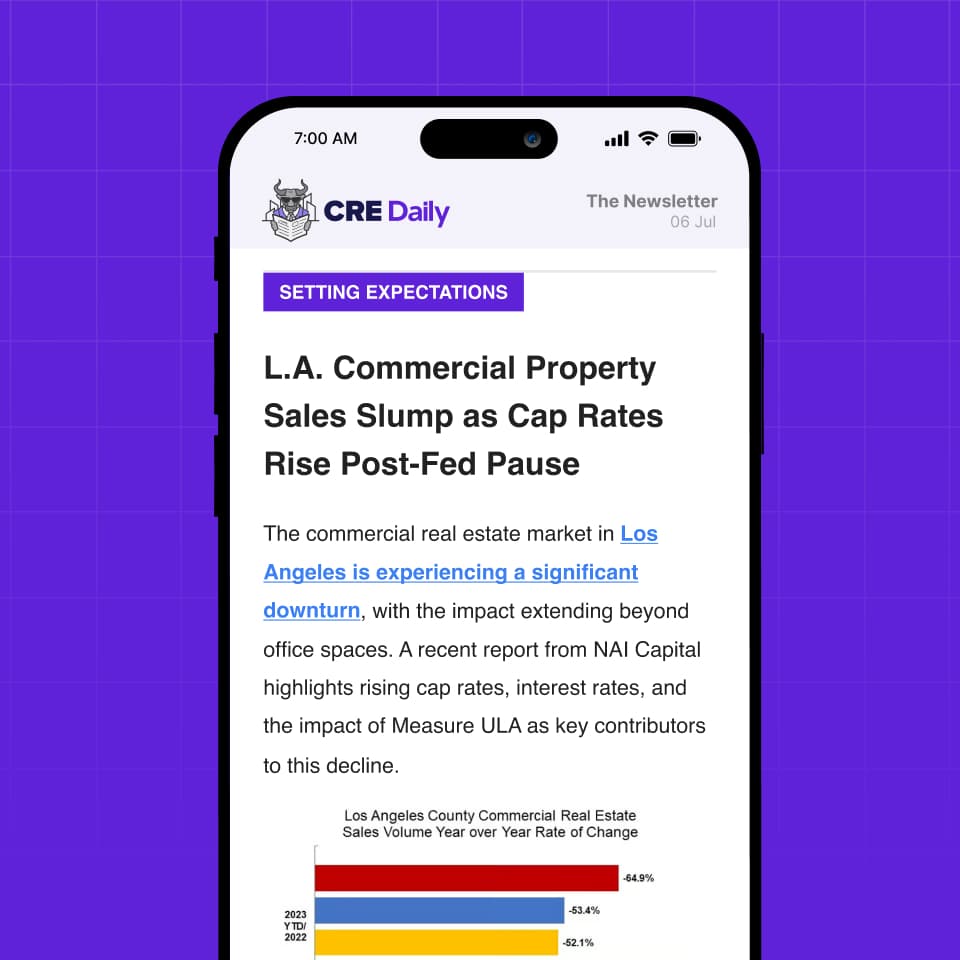- Budget and staffing cuts at NOAA and FEMA are shifting storm preparedness and response responsibilities to property managers.
- Managers are ordering supplies early, securing vendor contracts, and building stronger emergency protocols.
- AI tools and new communication systems are helping streamline responses during extreme weather.
Kevin Kochersperger had only just joined The Bainbridge Cos. as VP of Facilities when hurricane season loomed—and weather cuts shrank the nation’s forecasting capabilities.
Bisnow says that soon after his April hire, the Trump administration cut 800 jobs at the National Oceanic and Atmospheric Administration (NOAA). As storms approached, Kochersperger quickly overhauled Bainbridge’s disaster prep strategy.
Property Managers Brace for Gaps in Forecasting
NOAA’s National Hurricane Center has long provided essential storm data, including wind speeds, storm surge estimates, and flood risk. But deep staffing and weather cuts, along with shifting agency priorities, now raise concerns about reliability.
Kochersperger brought in regional leaders, expanded generator access, and secured contracts with the Red Cross and area hotels. The team also boosted its emergency vendor list.
“My approach has always been: if I’m wearing a belt, I’ll still put on suspenders,” he said.
Local Teams Step Up as Forecasting Wanes
The 2024 hurricane season brought two destructive storms. Hurricane Helene killed more than 200 people and caused nearly $80B in damage. Weeks later, Hurricane Milton flooded Florida and knocked out power to over 3M residents.
With NOAA predicting up to 19 named storms this season, property managers are preparing for more. Some say they can no longer afford to wait for official alerts.
“Five minutes changes everything,” said Sherwin Lewis of KW Property Management. “One hour is a long time when water is coming in.”
Jessica Ruiz of AKAM emphasized NOAA’s critical role in early warnings. “They’re the main source aside from The Weather Channel,” she said.
Still, many managers worry that ongoing NOAA cuts will weaken local forecast data.
Communication and Technology Get Upgrades
Greystar, which manages more than 200 Florida apartment communities, struggled to keep up during Hurricane Milton. Its call center took over 1,000 resident calls in 24 hours.
“That system just wasn’t efficient,” said Andrea Davis, Greystar’s communications director. “I had to call random people and ask them to log in and help.”
This year, Greystar is using artificial intelligence to turn calls into emails and sort the data in real time. Regional managers can now assess damage more quickly.
Get Smarter about what matters in CRE
Stay ahead of trends in commercial real estate with CRE Daily – the free newsletter delivering everything you need to start your day in just 5-minutes
FEMA Cuts Push Managers Toward Self-Reliance
The Trump administration has also targeted FEMA, threatening to eliminate the agency altogether. Since early July, FEMA has lost hundreds of full-time employees and contractors. The result: delayed responses and missed calls during major disasters.
In response, KWPMC now stocks supplies well before storms arrive. “We want some form of sustainability even if FEMA doesn’t respond,” said Lewis.
Bainbridge also works with third-party vendors to document storm damage for insurers. The company used to rely on FEMA for that support.
Why It Matters
Property managers are taking on larger roles as federal resources diminish. They’re investing in early planning, technology, and private networks to protect residents and properties.
“The tragedies happen when people think FEMA will save them,” Kochersperger said. “You can’t depend on a government agency to be there.”
What’s Next
Hurricane intensity is rising, and trust in federal disaster agencies is falling. In response, property managers will continue building independent systems—before the next storm hits.


















